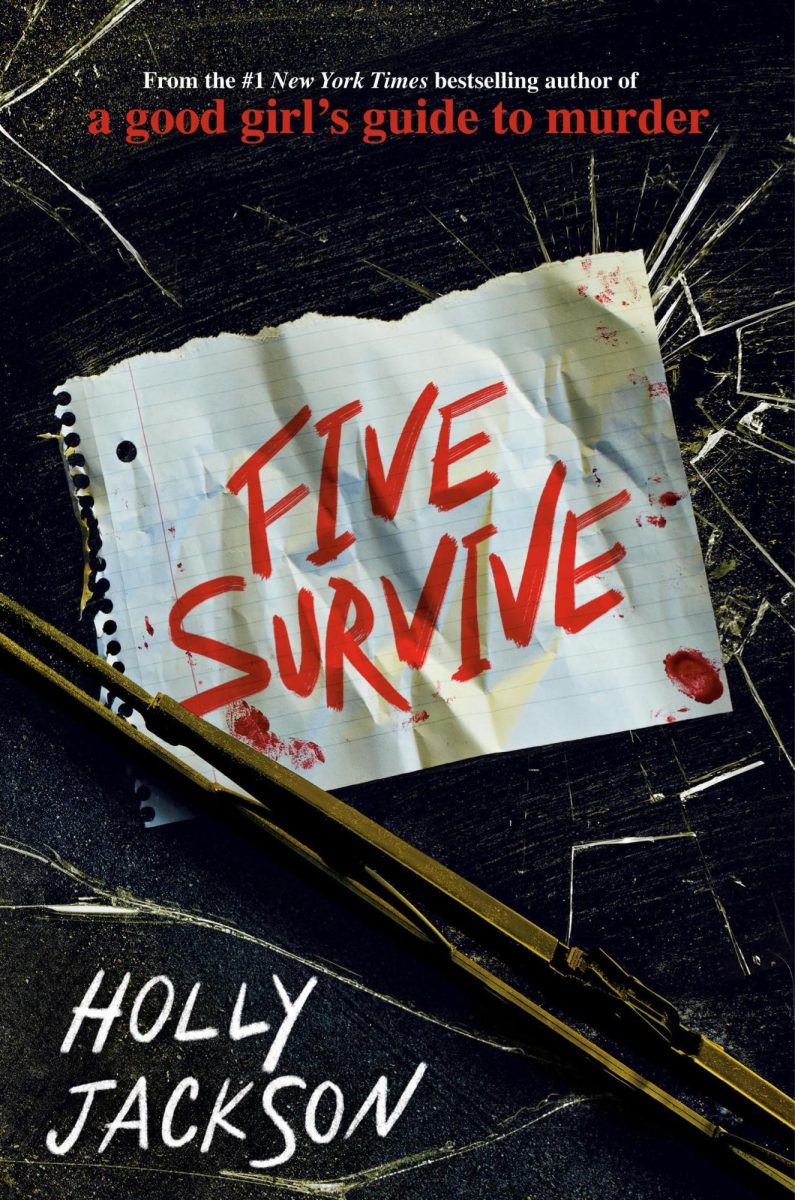By Natalie Halsey ’20
Though many Loomis students enjoy popular blockbusters, I disagree with the endless line of “okay” adaptations, “nice but forgettable” sequels, and new stories and voices lost to the golden cash cow of safe investments.
While popular and family-friendly franchises bring in viewers from all walks of life and keep the movie industry afloat, the number of companies that can make movies shrinks.Companies that produce these sequels and remakes grow bigger and more powerful from their profits; and smaller, less established companies are pushed aside. More money does go into the industry, but into fewer hands.While these franchises can result in new and interesting stories, such as the recent Black Panther, new creative voices generally become lost in the flood of endless flashy blockbusters.
Diversity is also a problem. While these “safe” franchise films could be stages to showcase unknown directors, actors, writers and producers, most studios end up choosing established white male artists. Among the 20 released films of the Marvel Cinematic Universe, the highest grossing film franchise of all time, only two directors were men of color: Taika Waititi directing Thor:Ragnarok and Ryan Coogler directing Black Panther. Both films, interestingly, are widely considered by critics and audiences alike to be among the best of the Marvel franchise. The upcoming Captain Marvel will be directed by Anna Boyden, a white woman.
Remakes are another problem in the industry, and Disney is the most egregious offender. After cashing in on the successes of one animated princess movie after another in the 1980s and 90s, in recent years Disney has put out live action remake after live action remake of these animated features, generating an even larger return on these investments. While not a new phenomenon, with Disney’s first remake being The Jungle Book in 1994, after the immense success of Tim Burton’s Alice in Wonderland in 2010 remakes have become a more viable investment. Alice grossed one billion dollars at the box office, and 2017’s Beauty and the Beast grossed over a billion, making it the second highest grossing film of 2017. The problem with these films is that they are safe investments for the Mouse House; even with huge budgets between 75 and 255 million dollars, all these films made back their investments in triplicate.
Old, finished movies are no longer sacred; reboots also plague theaters like badly colored zombies risen from the grave. With 80s nostalgia back in fashion, 80s movies are getting sequels and remakes. It (2017), which made 700 million dollars in revenue, is the highest grossing horror film in history, and is a reboot of the 1990 TV miniseries of the same name, which itself is an adaptation of Stephen King’s 1986 novel. After being acquired by Disney, Star Wars has become the latest victim of this mad oversaturation, with the first film in a new trilogy released in 2015, and a Star Wars movie released every year since then. Disney also plans for at least two new series of Star Wars films. While all these movies aren’t bad movies, the remakes could have never been made and the millions funneled into them could have been diverted to new ideas and films, instead of endlessly rehashing the same story. What art have we lost to endless Star Wars and Avengers?
Remakes, reboots, and franchise movies crowd out new stories, perspectives, and visions in favor of safe investments, big budgets, and big box office revenues. The stories are getting stale. The twists are hackneyed. The dialogue is cliched. Movie-goers deserve better.










